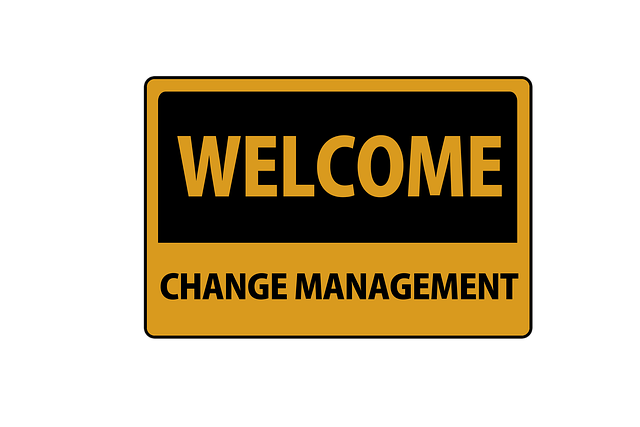In the real estate industry, safety compliance is both a legal requirement and strategic advantage. Adhering to local codes for fire safety, accessibility, and environmental sustainability increases property value and tenant satisfaction. Implementing measures like fire alarms and accessible design protects tenants and investments. Staying informed about regulations, conducting regular inspections, and addressing non-compliance promptly creates safe living environments, enhances market appeal, and improves relationships with residents, ultimately driving better occupancy rates. Effective maintenance strategies, including structured inspections and proactive issue resolution, prevent costly repairs and ensure safety standards. Understanding market trends is vital for investors and sellers, offering insights on navigating a bustling market to achieve optimal results.
In the dynamic realm of real estate, ensuring safety compliance is paramount. This article guides you through essential practices for maintaining facilities, aligning with safety regulations. We explore strategies like understanding complex safety requirements, implementing proactive maintenance plans, and conducting regular inspections coupled with meticulous documentation. By embracing these tactics, real estate professionals can create safe, code-compliant spaces, enhancing property value and tenant satisfaction.
Understanding Safety Compliance Requirements in Real Estate

In the real estate sector, adhering to safety compliance requirements is not just a legal necessity but also a key factor in maintaining property value and ensuring tenant well-being. These regulations cover a wide range of aspects including fire safety, accessibility, and environmental considerations. For instance, installing proper fire alarms, smoke detectors, and emergency exits are essential to mitigate risks during fires or other emergencies. Additionally, properties must comply with accessibility standards to accommodate individuals with disabilities, enhancing inclusivity and appeal in the market.
Real estate professionals need to stay updated on local codes and regulations to avoid legal issues and potential hazards. Regular inspections and maintenance checks can help identify and rectify non-compliance issues promptly. By addressing safety concerns, landlords or property managers demonstrate their commitment to tenant security, which can lead to better occupancy rates and stronger relationships with residents.
Implementing Effective Maintenance Strategies for Facilities

Implementing effective maintenance strategies is paramount in real estate to ensure facilities meet safety compliance and enhance tenant satisfaction. A well-structured maintenance plan involves regular inspections, proactive issue identification, and swift resolution. Real Estate professionals should prioritize preventive measures such as routine checks and minor repairs to avoid costly major overhauls later.
For optimal results, maintain detailed records of all maintenance activities, including repair histories, service contracts, and inspection findings. This data enables informed decision-making, facilitates budget allocation, and ensures facilities are well-maintained according to safety standards. Regular communication between management, tenants, and maintenance staff is essential to address concerns promptly and foster a safe living or working environment.
Regular Inspections and Documentation for Continuous Improvement







